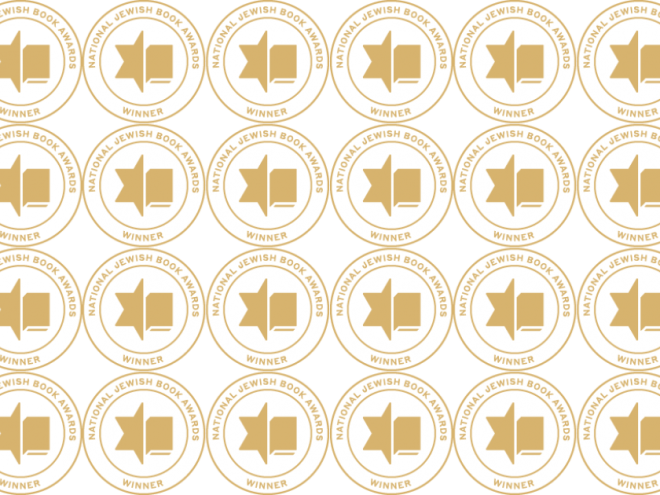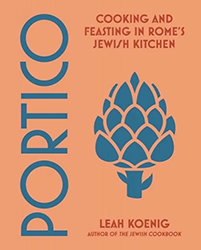Seventy-five years after the end of World War II and the Holocaust, one might assume that every angle of examination has already been employed and exhausted, leaving room only for repetition. Not so! Terry Kurgan, with her creative nonfiction family memoir Everyone Is Present, has masterfully opened a new way of looking, seeing, and sensing — and invites us to follow her on this journey of discovering what was and what may have been. Two different aspects of the same photo, taken in the late summer of 1939 in the garden of a hotel in Zakopane, a resort town at the foot of the Polish Tatra mountains, constitute the first and the last page of the book. They also frame the physically and emotionally circuitous escape of the Kallir family from the south of Poland at the outbreak of World War II across half the world to South Africa — and Kurgan’s return seventy-five years later.
When Kurgan inherits a handful of old family photos taken by her grandfather Jasek Kallir, as well as his wartime diaries, she not only becomes the meticulous observer of what is depicted in the images, but also finds a way to enter the scenes from the vantage point of her present life, “going back to where I have never been before.” The effect is deeply moving. Each of the photographs anchors an essay about Kurgan’s search for her ancestors’ life — for traces of existence eradicated by persecution and murder. Kurgan intertwines detailed research about the private history of her relatives with equally in-depth descriptions of the geographical and political history of their immediate surroundings and country. An innocent photo of two sisters-in-law is paired with a brief and quiet paragraph of how only one sister-in-law survived; the other perished in a mass grave not long after the German invasion of Poland on September 1, 1939. A photo of two children, playmates apparently, leads the author to research their fate. Wistfully, she writes: “I wish to protect them from the harm that is just ahead.”
-
The Holocaust is always in the background of Everyone Is Present, but recounting its atrocities is not Kurgan’s purpose. Finding connections to her grandparents who never spoke about their experiences “over there,” and finding a way to feel a visceral sense of belonging to her larger family, is. As Kurgan traces back her relatives’ dynamics to just before and during their flight for their lives, the mundane and the extraordinary often meet in the same unassuming travel log entry — for example, a visit to a Bombay museum after once more having been rudely rejected by the American consulate in their quest for transit visa.
Kurgan does uncover a family secret: she comes to understand the path of transmission of intergenerational trauma in her family. And that memory, truth, reality, and facts — even those captured in photographs — are nothing but approximations of what might have been and can never be known for sure.
Reinhild Draeger-Muenke left her native Germany as a young adult and has lived in the United States for almost 40 years. She is a psychologist and family therapist in the Philadelphia area, helping people heal from intergenerationally transmitted trauma.





